BHE07 Lit de soins à domicile en bois profond Sanatorium
A homecare bed is a specially designed bed that caters to individuals requiring medical attention or assistance with daily living activities due to health-related conditions. Unlike conventional beds, a homecare bed is built with multiple adjustable features that help accommodate the specific care needs of the patient. The bed’s height, tête, and foot sections can be raised or lowered to aid in treatment, provide comfort, and facilitate easier care by caregivers. It often includes safety rails to prevent falls, a remote control for easy adjustments, and a mattress designed to prevent pressure sores and enhance comfort. Homecare beds may also come equipped with casters for mobility, allowing for the bed to be moved for cleaning or within different areas of the home. En plus, it can support various accessories like IV poles and monkey poles, integrating seamlessly with other medical equipment to create a comprehensive care setting within the comfort.
Paramètre technique:
| Longueur externe | 2160mm |
| Largeur externe | 960mm |
| Plateforme de matelas | 1925*900mm |
| Charge de travail sûre | 250kg |
| Dossier | 75°±10° |
| Repose-genoux | 35°±10° |
Configuration technique:
| Moteur linéaire | 3pièces |
| Wood Bed End with Safe Lock | 1ensemble |
| Poteau de singe | 1ordinateur |
| 5 Rail latéral pliable en métal à colonne | 1ensemble |
| IV pole | 1ensemble |
| IV pole prevision | 4pièces |
| Télécommande | 1ordinateur |
| 5" Roulette double face | 4pièces |
| Matelas | 1ordinateur |
Présentation du produit:
Contrôle de qualité:
- Conception: The design of the homecare bed, tailored for patients, emphasizes ease of use and comfort to accommodate their daily needs without the necessity of getting up and out of bed. It features an adjustable frame that can be easily positioned at various angles, facilitating activities such as reading, manger, and watching television. The bed is equipped with a built-in motorized system controlled by a user-friendly remote, allowing the patient to independently adjust their posture and position. The mattress is specially chosen for its pressure-relieving qualities to prevent bedsores and enhance comfort during extended periods of rest. En plus, the bed’s height can be adjusted to assist caregivers in patient care without straining their backs, and it may include options for incontinence management and vital sign monitoring to further support the patient’s health and well-being.
- Technologie: The technology behind the homecare bed is a testament to modern engineering, designed to ensure maximum safety and durability for patients. Employing Robot 360° no dead angle welding technology, the bed frame is crafted with seamless joins, providing a sturdy and uniform construction that enhances the bed’s overall strength. The precision cutting techniques used in manufacturing allow for meticulous shaping of components, ensuring a perfect fit and finish. The use of cold-rolled steel plate technology in the bed’s construction not only contributes to the bed’s robustness but also ensures that the surface is smooth, with no protrusions or sharp edges that could pose a risk to patients or caregivers. This attention to detail results in a bed that is not only comfortable and convenient for daily life but also adheres to the highest standards of safety and quality.
- Norme de sécurité: The homecare bed is designed and manufactured to meet rigorous safety standards, ensuring it is suitable for the sensitive environment of patient care. It adheres to ISO 13485:2016, which specifies requirements for a comprehensive quality management system for the design and manufacture of medical devices. This certification underscores the manufacturer’s commitment to the consistent delivery of beds that are safe for their intended purpose, meet customer and regulatory requirements, and are consistently high in quality. En outre, the bed complies with ISO 9001:2015 normes, reflecting a strong customer focus, a dedicated approach to process management, and a foundation for continuous improvement, resulting in reliable and efficient bed operation. The CE marking indicates conformity with health, sécurité, et des normes de protection de l'environnement pour les produits vendus dans l'Espace économique européen, which the homecare bed also meets, thereby assuring users and caregivers of its safety and quality in providing care to the patients. These certifications collectively represent a bed that is not only constructed with patient safety at the forefront but also built to a standard of excellence recognized internationally.
Cadres:
- Plate-forme: The platform of the homecare bed is meticulously crafted for optimal patient comfort and functionality. It is constructed from a cold-rolled steel sheet, known for its strength and durability, and is divided into four distinct parts for targeted adjustability. This multi-section design allows for specific areas, such as the leg plate, to be lowered or raised independently, enabling personalized positioning for the patient’s comfort or therapeutic needs. The platform features air holes throughout, promoting air circulation to reduce the risk of overheating and to maintain a comfortable sleeping environment for the patient. The surface of the bed platform is engineered to be smooth, reducing the risk of skin irritation or injury to the patient. En plus, it boasts high temperature resistance and corrosion resistance, ensuring that the bed maintains its integrity and hygienic surface even under rigorous cleaning protocols. This consideration to material choice and design not only enhances the longevity of the homecare bed but also ensures a safer and more comfortable experience for the user.
- Wood Bed End: The bed end of the homecare bed, fashioned from dark brown wood, presents a warm and inviting look that enhances the overall aesthetic of the room. The rich hue of the wood lends a classic and elegant touch, helping to alleviate the clinical feel often associated with medical equipment and creating a more pleasant and reassuring atmosphere for patients. This design consideration is especially important for patients individuals who may spend considerable time in bed, as it contributes positively to their mental well-being by offering a sense of comfort and normalcy. Constructed with longevity in mind, the dark brown wooden bed end is robust, capable of enduring the demands of long-term care without compromising on its visual appeal. The wood’s natural durability is complemented by protective finishes that resist scratches, taches, and damage from cleaning agents, ensuring that the bed remains a functional and attractive piece of furniture in a homecare setting for years to come.
- Metal Side Rail: The side rail of the homecare bed is a quintessential safety feature, engineered with a metal five-column structure that combines strength with functionality. It can be effortlessly raised or folded down with the simple press of a button, a design that greatly facilitates the process of patient transfer, nursing care, and the act of getting in and out of bed. This user-friendly mechanism ensures that patients can access support when needed while allowing caregivers to easily adjust the rails for various care activities or when enabling patients to safely exit the bed. Safety is further enhanced by the anti-pinch hand design, which prevents accidental injuries to the patient’s hands when operating the rails. This thoughtful inclusion mitigates the risk of fingers getting caught or pinched between moving parts, showcasing the manufacturer’s commitment to patient safety and comfort. The side rails’ design represents a harmonious blend of patient independence, care accessibility, et la sécurité, all of which are critical in a homecare setting.
Les fonctions:
- Ajustement de la section arrière: The back section of the homecare bed is designed with the patient’s comfort and medical needs in mind, offering a lift angle of 75°±10° to accommodate various sitting and reclining positions. Adjustments to the back section are made effortlessly through a remote control, which activates a smooth and quiet rise, minimizing discomfort or disturbance to the patient. This feature is particularly beneficial for those who require elevation to eat, read, or interact with others, as well as for certain medical conditions where breathing may be facilitated by an upright position. En outre, the precise control allows for incremental adjustments, ensuring that the optimal angle can be achieved for each individual’s comfort and health requirements. The remote-controlled operation empowers patients with a sense of independence, allowing them to adjust their position as needed without relying on a caregiver for assistance. This adjustment mechanism is a testament to the bed’s integration of technology and ergonomics, underpinning its role in providing a supportive and adaptable environment for individuals in homecare settings.
- Ajustement de la section des jambes: The leg section adjustment on the homecare bed represents an essential feature for enhancing patient comfort and aiding in circulation and recovery. Controlled effortlessly by a hand controller, the leg section can be raised to an angle of 35°±10°, allowing for precise positioning to accommodate individual patient needs or prescribed therapeutic requirements. The controller ensures the adjustment is performed slowly and smoothly, thereby minimizing any discomfort and reducing the risk of injury. This careful movement is particularly important for patients with compromised mobility or those recovering from surgery. In addition to elevation, the leg section can also be lowered to align with the back section, effectively transforming the bed into a chair-like position. This adaptability supports various daily activities, from dining to social interaction, and can be instrumental in facilitating physical therapy sessions. By providing this range of motion and control, the homecare bed’s leg section adjustment aids in patient comfort, mobility, and the overall quality of care within the home setting.
- Position du fauteuil cardiaque: The cardiac chair position function of the homecare bed is a vital feature designed to assist patients with cardiovascular conditions, as well as those recovering from cardiac procedures or surgeries. This function is engineered to lower the leg section while simultaneously raising the back section of the bed, effectively positioning the patient into a seated, chair-like posture. This positioning can help improve venous return, facilitate easier breathing, and enhance patient comfort during extended periods of recuperation. It also provides an ergonomic position for eating, en lisant, or engaging in social activities, contributing to a patient’s sense of normalcy and independence. The transition into the cardiac chair position is controlled smoothly and securely through a hand controller, ensuring the movement is gentle and does not cause undue stress or discomfort to the patient. The ability to easily adjust to this position without the need for additional pillows or manual adjustments is a testament to the bed’s thoughtful design, prioritizing patient-centric care and the specific needs of those with cardiac conditions.
Détails des accessoires:
- Moteur linéaire: The homecare bed is equipped with a sophisticated linear motor system that includes three motors, providing reliable and ample power to execute various adjustments and positions with precision. These motors are integral to the bed’s functionality, allowing for the smooth and accurate operation of features such as back and leg section adjustments, and the cardiac chair position. Engineered for efficiency, the motors operate with minimal noise, ensuring that the tranquility of the indoor environment is preserved. This is particularly important in a homecare setting where peace and quiet are conducive to patient rest and recovery. The low volume of the motors enhances the patient’s comfort, avoids disturbance during sleep or rest, and maintains a calm atmosphere for both the patient and the caregivers. The presence of three motors underscores the bed’s capacity to perform multiple adjustments simultaneously or independently, showcasing the bed’s advanced design and commitment to facilitating a supportive care environment.
- Poteau IV&Prévisions du pôle IV: The homecare bed is fitted with a thoughtfully designed IV pole provision to cater to the various intravenous therapy requirements that patients may have. La tige IV elle-même est construite en acier inoxydable durable, ensuring it can withstand the rigors of daily use while maintaining a hygienic surface that is easy to clean. With four hooks at its disposal, the pole is adept at managing multiple infusions simultaneously, which is particularly beneficial for patients who require complex medication regimens. The height of the IV pole is adjustable, offering flexibility to accommodate the gravity-fed infusion’s necessary flow rates and to suit the comfort of both seated and lying patients. In a nod to versatility, the bed features a total of four IV pole previsions, strategically placed at each corner of the bed. These previsions allow for the IV pole to be inserted at the most convenient location, ensuring that the setup can be customized to each patient’s specific needs and the configuration of the room.
- Télécommande: The hand controller of the homecare bed is an integral component that empowers patients and caregivers with the ability to tailor the bed’s configuration to specific needs and preferences. This remote control device is user-friendly, designed with intuitive buttons that clearly indicate each function, simplifying the process of adjusting the angles and heights of both the backplane and leg board. With just a press of a button, users can smoothly transition the bed into a variety of positions, ranging from a flat resting surface to an elevated back for reading or a raised leg section to reduce swelling. The hand controller’s responsive controls enable precise adjustments, allowing for incremental changes that ensure the patient can reach their desired level of comfort without assistance. This autonomy not only enhances the recuperation environment by adapting to the patient’s immediate comfort needs but also contributes to their sense of independence and dignity.
- Matelas: The mattress of the homecare bed is a custom-designed component that plays a critical role in the patient’s comfort and wellbeing. At its core lies a supportive sponge, chosen for its balance of softness and resilience, providing the necessary support to the patient’s body and helping in the prevention of pressure sores. This is enveloped by a waterproof yet breathable bed cover, a crucial feature that serves dual purposes: it protects the mattress from spills and incontinence, ensuring longevity and hygiene, while also promoting air circulation to keep the patient’s skin healthy and reduce the risk of perspiration and associated skin irritations. Unique to this homecare bed is the independent leg board part mattress, which allows for targeted adjustments in the lower section of the bed without affecting the overall structure of the mattress. This design consideration ensures that when the leg section is adjusted, the mattress conforms seamlessly to the new position, maintaining comfort without creating gaps or folds that could compromise the patient’s stability or comfort. Such a mattress setup is indicative of a well-thought-out approach to homecare, where every element is tailored to enhance the patient’s rest and recovery.
- Roulette: The casters of the homecare bed are engineered with meticulous attention to detail, ensuring they meet the demanding requirements of a medical environment. These five-inch double-sided casters are designed with an anti-winding feature to prevent them from becoming entangled with cords or other debris, which could otherwise impede smooth movement. The anti-slip quality of the casters contributes to the bed’s stability, preventing unintended rolling that could compromise patient safety. En outre, they are made from materials that are resistant to corrosion and heat, thereby ensuring longevity and consistent performance even under rigorous use within different temperature and humidity conditions. A significant aspect of these casters is their robust braking system, which is designed to lock the bed securely in place without causing wear, no matter how frequently the brakes are applied. This multiple braking system provides caregivers with the confidence that the bed will remain stationary during patient care tasks and when the bed is ideally positioned. The combination of these features in the casters underscores the overall design’s commitment to safety, durabilité, and ease of use in the homecare bed’s construction.
- Monkey Pole: The monkey pole is an invaluable feature of the homecare bed, designed to aid patients in repositioning themselves and enhancing their independence. This accessory boasts a detachable design, allowing for it to be easily installed or removed as the patient’s needs change. Constructed primarily from high-strength metal, the monkey pole is engineered to withstand significant force, with a strong pressure-bearing capacity to ensure safety and reliability when in use. It provides a secure grip for patients to lift and adjust their upper body positioning, facilitating tasks such as sitting up, adjusting pillows, or transferring from the bed to a chair. The metal structure is not only robust but also designed with the user’s comfort in mind, often featuring an ergonomic handle that patients can grasp firmly. Cette combinaison de durabilité, adaptability, and patient-focused design makes the monkey pole a critical component of the homecare bed, empowering patients with an added measure of autonomy and mobility in their recuperation process.
MONKEY POLE
Detachable design. The main part of the metal material, strong, strong pressure bearing capacity.
5 COLUMN METAL SIDE RAIL
The metal five-column side rail is raised and folded by pressing the button. Facilitate patient transfer, nursing and getting out of bed. With anti-pinch hand design.
WOOD BED END
Dark brown wood, looks warm. Durable, suitable for long-term care.
ROULETTE
Five-inch double-sided casters, anti-winding design, anti-slip, corrosion and heat resistant material, multiple braking will not produce wear.
PÔLE IV
The infusion rods are stainless steel with four hooks, adjustable in height, and a total of four previsions, located at the four corners of the bed, can be inserted into the infusion rods to adapt to different infusion needs.
MOTEUR LINÉAIRE
Three motors provide sufficient power to the homecard bed to ensure that the function of the bed is carried out and the precision is displayed. The motor volume is low so that the indoor environment is maintained.





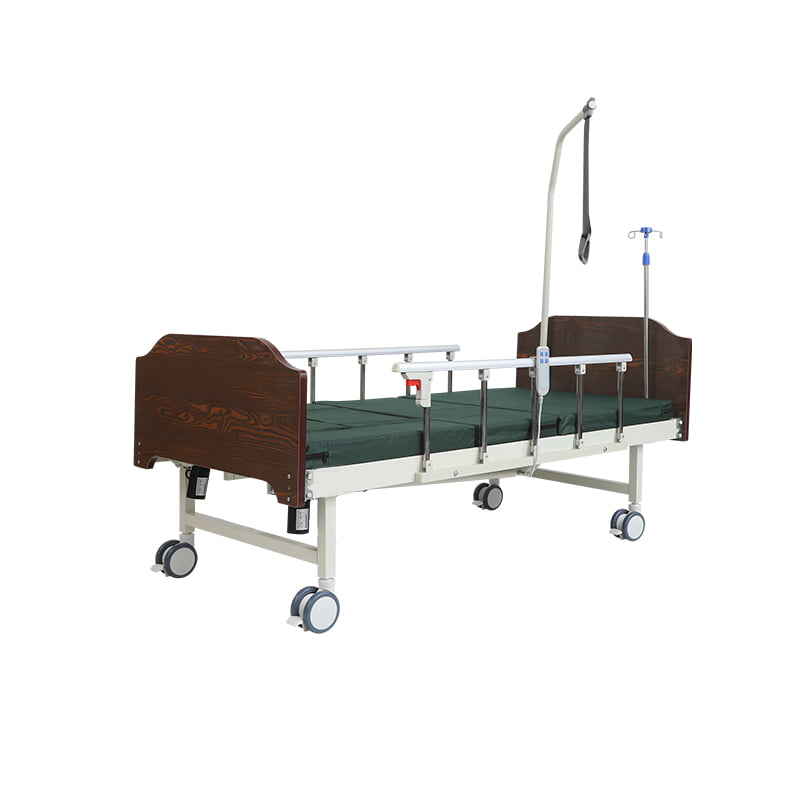

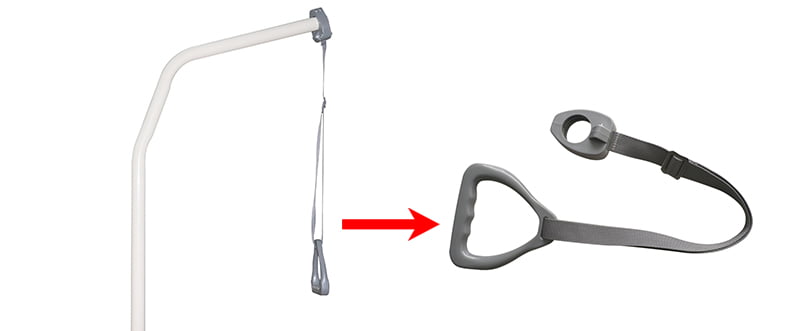
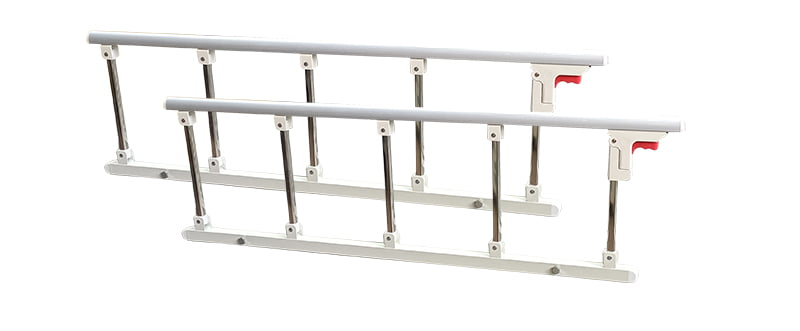
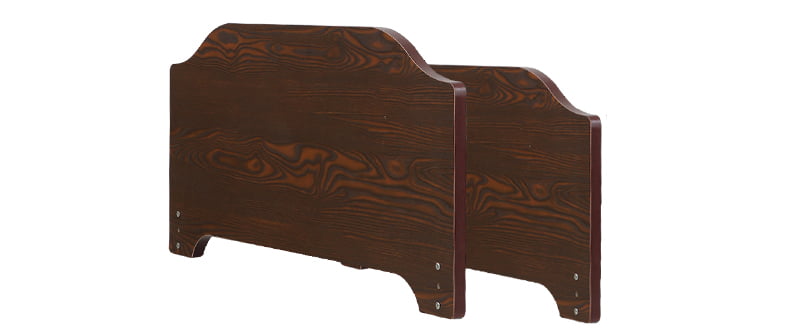
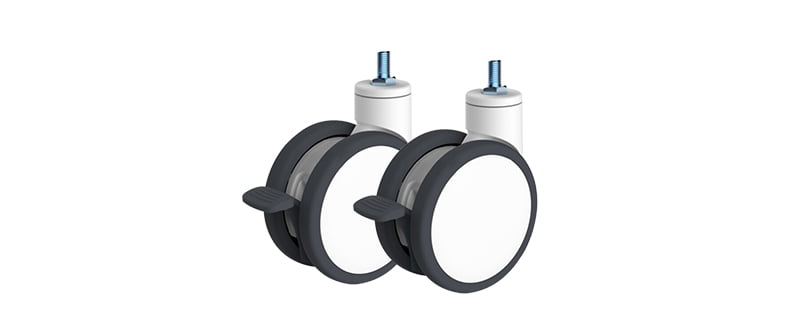

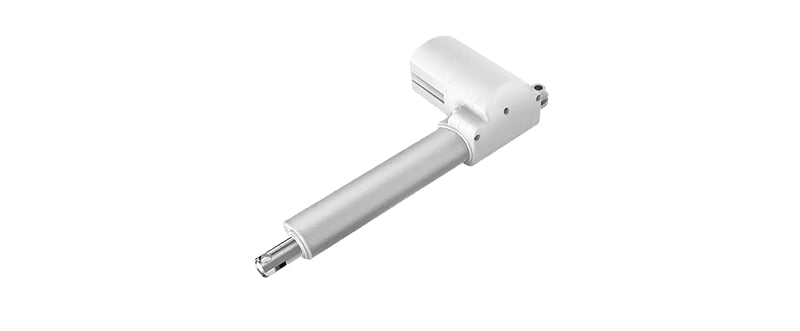
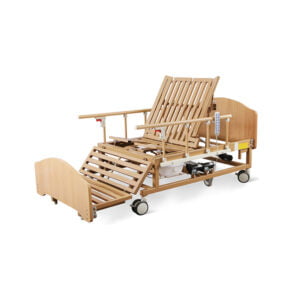
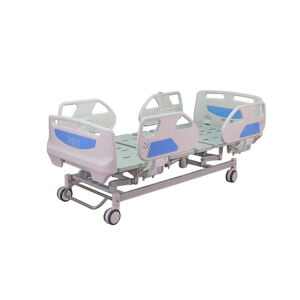
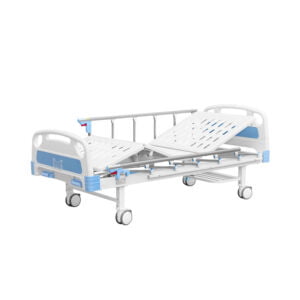
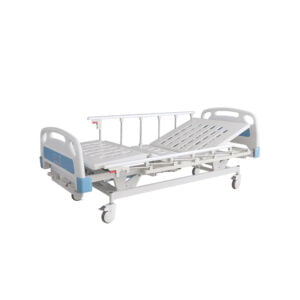

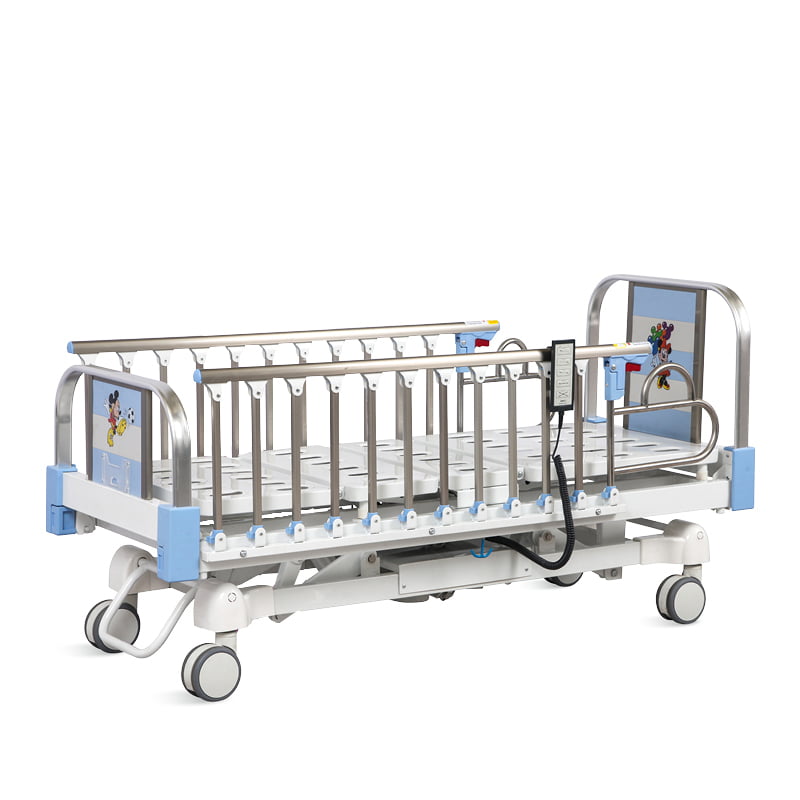
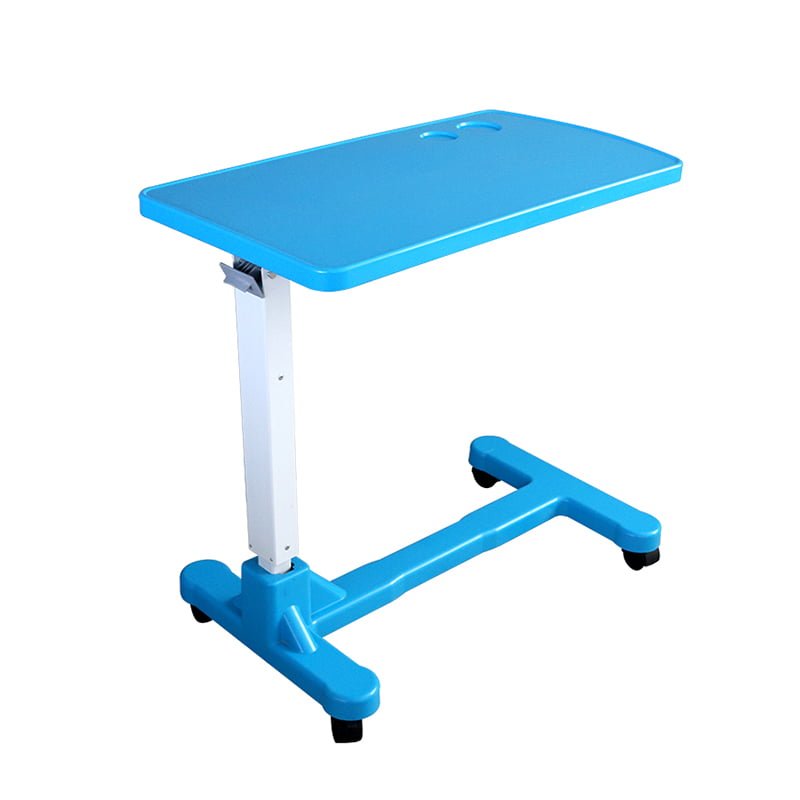
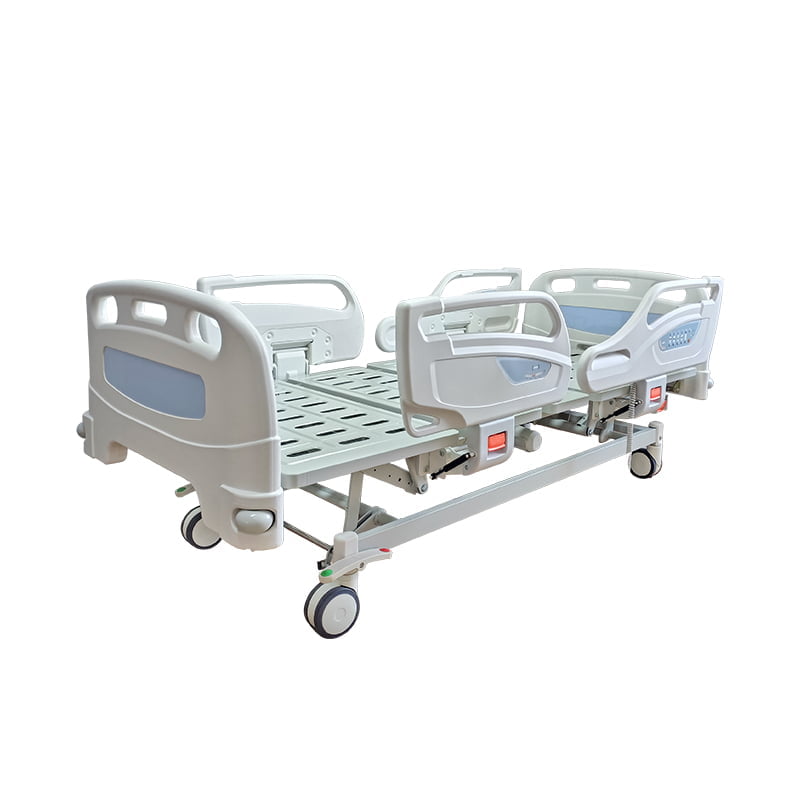
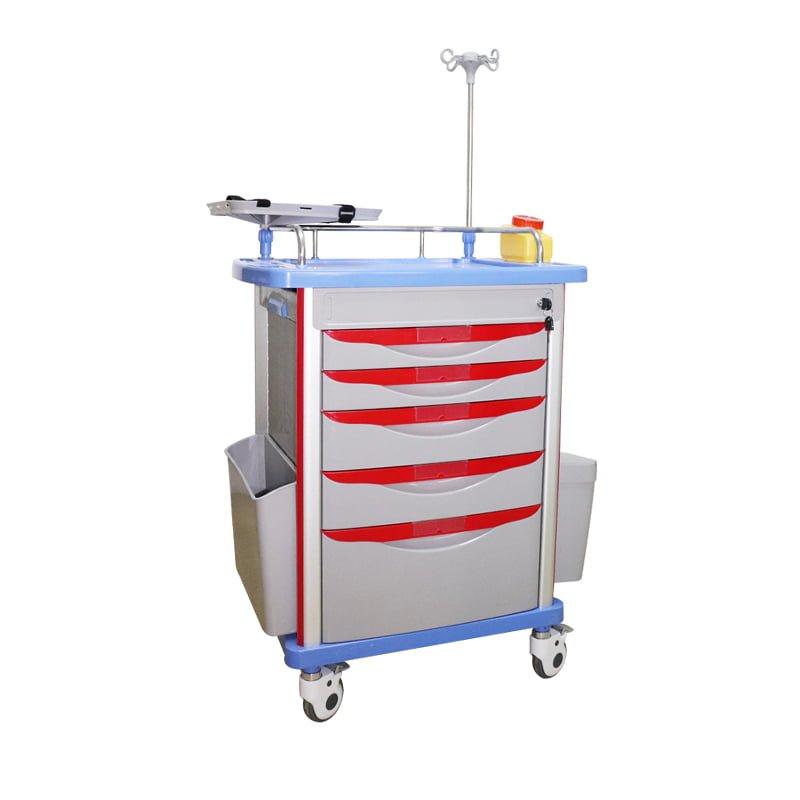
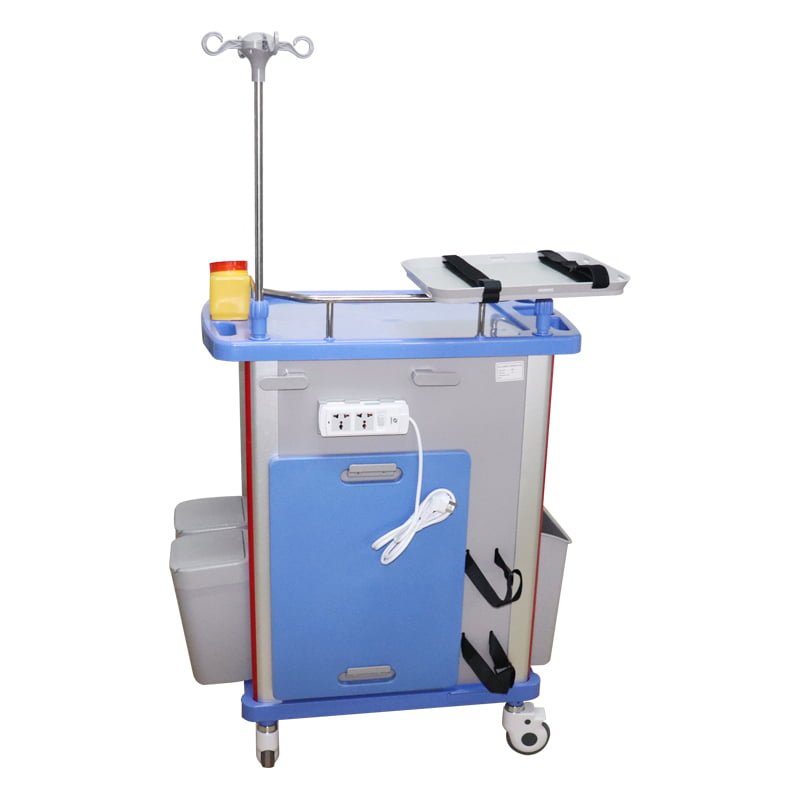
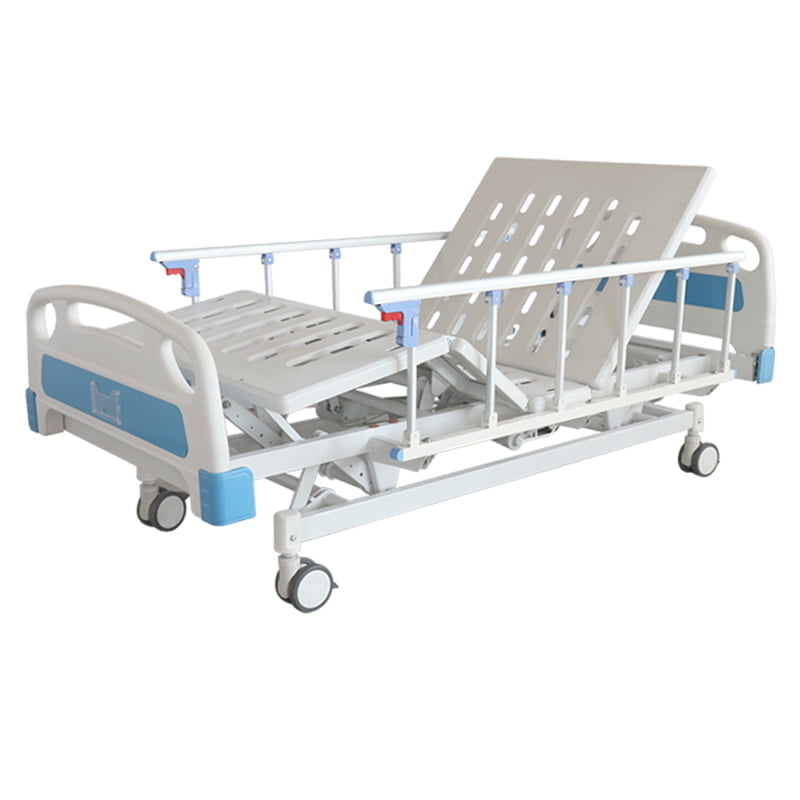
Critiques
Il n’y a pas encore d’avis.